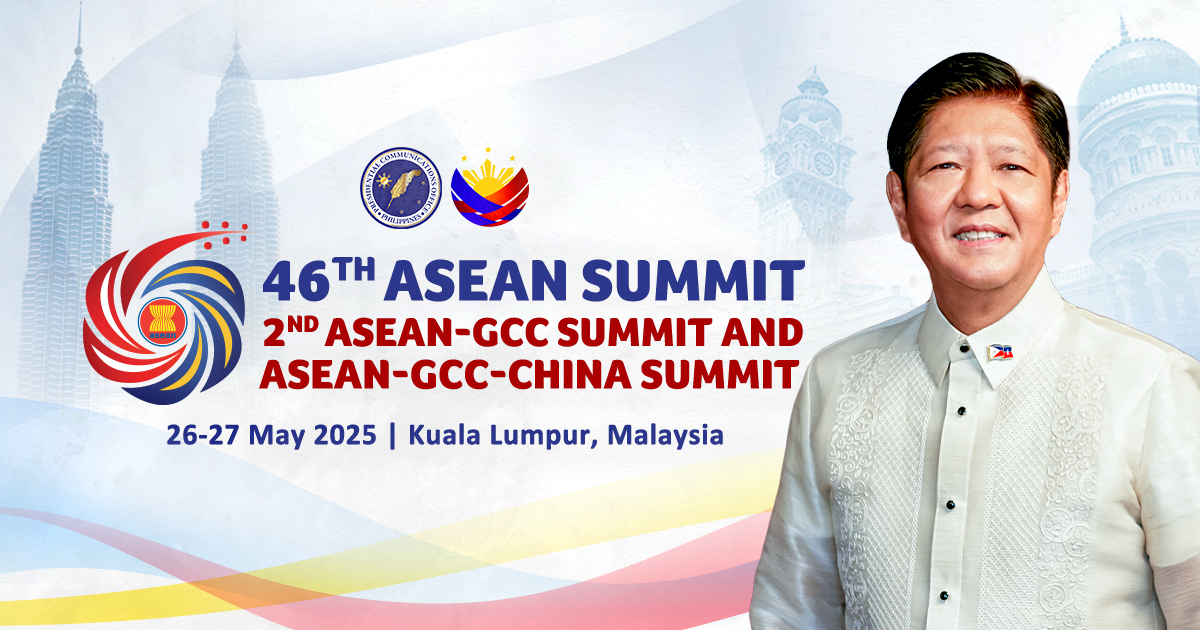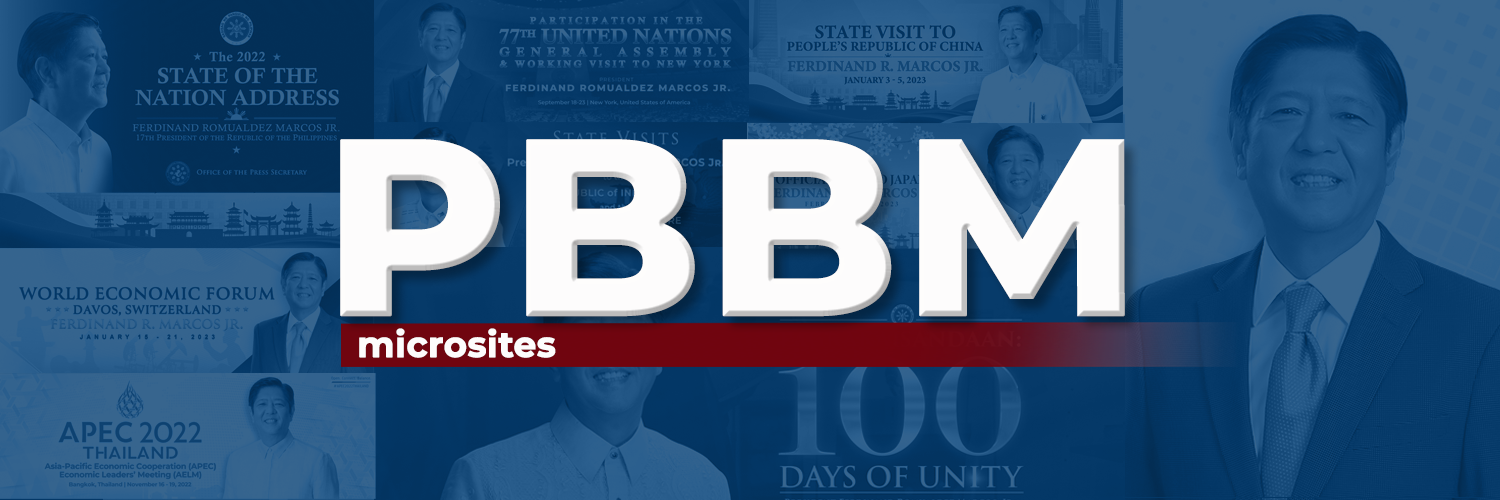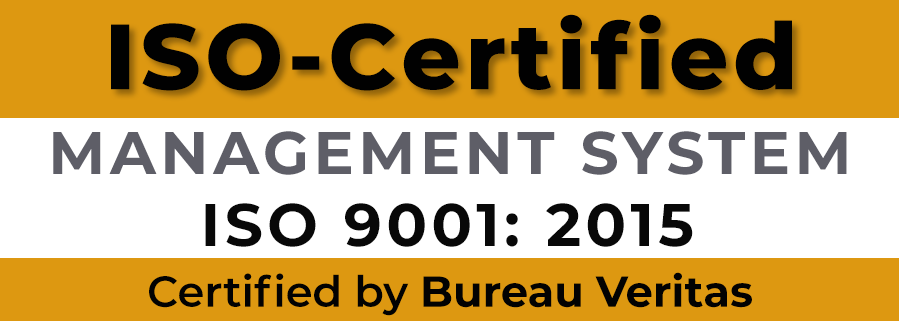August 10, 2015 – News Releases
 |
| 10 August 2015 |
APEC NEWS RELEASES |
|
|
| APEC member economies urged to produce action plan for science, technology, innovation |
| Member economies of the Asia-Pacific Economic Cooperation (APEC) are urged to come up with an action plan to translate science, technology and innovation (STI) into a policy statement that would support regional growth.
Department of Science and Technology (DOST) Secretary Mario Montejo, at the opening of 6th Policy Partnership on Science, Technology and Innovation (PPSTI) Meeting held in Manila on Monday, said the country would push for the formulation and implementation of an action plan for STI during the meeting. The Philippines has recommended during the 5th PPSTI Meeting in Boracay to translate STI into a policy statement consistent with the APEC agenda and priority tasks of PPSTI, including strengthening the collaboration for enhanced innovative capacity, developing STI cooperation, building human capacity, supporting infrastructure for the commercialization of ideas, developing innovation policy frameworks, and fostering an enabling environment for innovation. “We call on the PPSTI to look into how we can further nurture and support our MSMEs (micro, small, and medium enterprises) and technopreneurs to further enhance their roles as major contributors to our development and inclusive growth,” said Secretary Montejo. “We hope that the (PPSTI-5) recommendation would see its fruition with the formulation and implementation of an action plan.” Montejo noted that the policy statement for STI aims to address the low productivity of MSMEs in the Asia-Pacific region due to the lack of access to technologies, weak technological capabilities, and failure to engage in innovation and research and development activities. “Specifically, our focus is on MSMEs and how APEC mechanisms, through PPSTI, could encourage them to become more active players of our innovation system and contribute more in our development efforts,” he said. “As the backbone of the economy or the linchpin of economic development, this sector is critical for investment and economic growth and job creation.” In the Philippines alone, MSMEs account for 99.6 percent of total businesses, contributing 61.2 percent of total employment and 35.7 percent of total value added. PNA (kc) |
|
|
| Policy partnership initiatives on science And technology discussed in APEC meeting |
| The chair of the Asia-Pacific Economic Cooperation’s (APEC) group for science and technology spelled out several suggestions for the organization’s future works to make science and technology economically relevant to the region.
In his opening remarks during the 6th APEC Policy Partnership on Science, Technology and Innovation (PPSTI) Meeting on Monday, PPSTI Chairman Chen Linhao specified a number of guidelines that could serve as the focus of future initiatives. “First, we must implement the declarations by our leaders, in particular the declaration in innovation and initiatives towards innovation and development from Beijing last year, and strive to complete the work in APEC policy statement for 2015,” Chen said. He also said more economies should participate in the improvement of the PPSTI strategic plan, give the organization constructive opinions and comments so that its new strategic plans would clarify the orientation goals of the PPSTI mechanism and achieve smooth regional partnership in science and technology innovations. The PPSTI should also leverage the role of networks and long-term mechanism under it and align project designing and outcome planning in the APEC scene each year, he said. “In this meeting, we will review the work and long-term mechanisms so as to promote APEC economies and technology cooperation,” Chen said, adding that PPSTI partners should actively support independent experts tasked to carry out the assessment of the organization. “We believe the report of assessment will provide a new perspective and variable insights for PPSTI and help us to understand our strength and weakness and improve our capacity-building efforts,” he noted. Chen said science and technology innovations are playing an increasingly visible role in achieving sustainable, inclusive and innovation-driven growth in the Asia Pacific. “It is our hope that with our concerted efforts, PPSTI would continue to make new progress and play an even greater role in boosting APEC cooperation,” he said. PND (as) |
|
|
| Palace underscores government’s commitment to serve the public |
| Malacañang on Monday stressed the Aquino administration’s commitment to Daang Matuwid through better public service.
In a statement, Presidential Spokesperson Edwin Lacierda noted the improvements in tax collections, and the peace and order situation in the country. Secretary Lacierda said that in separate anniversary events last week, President Benigno S. Aquino III recognized the Bureau of Internal Revenue for improving tax collections and the Philippine National Police for recent achievements toward safeguarding the people. “In the past five years, these agencies have undergone a remarkable transformation, implementing successive reforms and going from strength to strength in terms of productivity. It is clear that service lies at the forefront of the Aquino administration’s commitment to Daang Matuwid,” he said in his statement. “In line with this, the government has also been working to keep inflation in check. Last week, the Philippine Statistics Authority announced that inflation for July further fell to 0.8 percent — the lowest in 20 years — from 1.2 percent last June. A statement from the National Economic and Development Authority explains that this was due to the ample supply of key food items and lower prices of fuel and electricity,” he further said. The Palace official also mentioned what the government is doing with regards to improving the Metro Rail Transit (MRT) system. “Also part of the government’s commitment to service is the ongoing effort to improve the MRT system. A month ago, the Department of Transportation and Communications (DOTC) initiated a multi-discipline approach to maintaining the MRT-3 system. Now, contrary to baseless rumors, the DOTC reports that up to 45 coaches are being deployed within the MRT-3 during peak hours,” Lacierda said. PND (jm) |
|
|
| APEC members need to step up science and technology to raise output of region’s small, medium enterprises |
| Member economies of the Asia-Pacific Economic Cooperation (APEC) need to intensify their efforts to level up science, technology and innovation (STI) in the region to improve the productivity of micro, small, and medium enterprises (MSMEs).
“A key concern for our MSMEs is their low productivity due to lack of access to technologies, weak technological capabilities, and failure to engage in innovation and research and development (R&D) activities,” Department of Science and Technology (DOST) Secretary Mario Montejo said at the opening of the 6th Policy Partnership on Science, Technology and Innovation (PPSTI) Meeting on Monday. Secretary Montejo said the government, business sector, academe and social communities should strengthen their collaboration to address the challenges faced by MSMEs in science, technology and innovation. “There is pressure for PPSTI to step up its programs and level of cooperation, now that APEC recognizes the importance of STI,” he said. On the part of the Philippines, Montejo cited that the government continuously improves the local STI ecosystem through such initiatives as developing the required human resource pool in priority science and technology fields, establishing state-of-the-art laboratories, testing facilities and innovation hubs, providing support for R&D, and creating policies in intellectual property management, technology transfer, data and know-how sharing to promote and encourage innovation. “Through synergy and complementation of initiatives, we would be able to leverage our resources and capabilities, for STI to create greater impact and relevance to our people,” he said. The Philippines is currently hosting the three-day PPSTI Meeting, where it will also showcase to delegates, through a technical tour, the R&D and innovative efforts of the International Rice Research Institute and outputs of university-based research institutions that address challenges in agriculture, industry, environment, and climate change. PNA (kc) |
|
|
| President Aquino leads Philippine Navy’s Change of Command |
| President Benigno S. Aquino III on Monday presided over the Change of Command at the Philippine Navy from Vice Admiral Jesus Millan to Rear Admiral Caesar Taccad.
In his speech, the President lauded the professionalism, competence and dedication of the Navy’s service commanders. “Anumang misyon, anumang atas, hindi ko kailanman narinig ang mga linyang, ‘Sir, pasensiya na kayo, hindi natin ‘yan magagawa, kasi ganito, kasi ganyan.’ Ang lagi lang sagot ay…, ‘Yes, sir. Gagawan natin ‘yan ng paraan. Pagkakasyahin natin kung ano ang meron tayo.’ “Walang reklamo, walang palusot. Batid nila ang kakulangan at limitasyon ng ating mga kagamitan at kasangkapan pero sinasagad pa rin nila ang kakayahan para epektibong magampanan ang trabaho at malampasan ang mga hamon,” he said during the ceremony, held at the Naval Station Jose V. Andrada in Roxas Boulevard, Manila. He thanked outgoing chief, Vice Admiral Millan for his contribution to the Navy. “Bilang Flag Officer in Command, iniangkla niya sa Navy Strategic Sail Plan 2020 ang bawat programa’t inisyatiba ng inyong hukbo, tungo sa mas matatag at mas maunlad na institusyon. Nanindigan siya sa isang pilosopiya: Ang maglingkod nang tama, makatuwiran, at may dangal. Pinaigting niya ang inyong mga combat training, at isinulong ang mas epektibong paghahatid ng serbisyo. Dagdag pa rito, aktibo rin niyang itinaguyod ang mas matibay na ugnayan sa mga katuwang natin sa loob at labas ng bansa, na nagbunsod naman ng higit na estabilidad at kapayapaan sa ating rehiyon,” he said. Addressing the new chief, the President posed a challenge. “Rear Admiral Taccad: Di biro ang bago mong tungkulin; masalimuot ang mga pagsubok na hinaharap ng ating bansa. Kailangan mong balansehin ang kapasidad ng ating hukbo sa pagtugon sa mga banta sa ating seguridad. Tiwala naman akong tulad ng ipinamalas mo hanggang sa puntong ito ng iyong karera, higit ka pang magpapakitang-gilas, at titiyakin mong susulong ang Navy Strategic Sail Plan 2020 ng ating Hukbong Dagat,” he said. In his valedictory speech, Millan reported that the Navy’s fleet can now perform traditional and non-traditional mandates “better, longer, farther, and faster, with the high-endurance and better-equipped patrol ships; multi-purpose attack crafts, medium and heavy support and logistics vessel and brand new state-of-the-art helicopters”. For his part, incoming 35th Navy Chief Rear Admiral Taccad said he will try to fulfill his vision when he was still a cadet at the Philippine Military Academy (PMA), which is to transform the Philippine Navy into “one of the most formidable naval forces in the Asia-Pacific region”. “Together with the officers, enlisted personnel and civilian employees, I shall steer the Philippine Navy towards continued transformation, modernization, professionalization and overall progress, in order to provide the maritime defense and security that is expected from a strong and formidable navy,” he said. Taccad has been in active military service since he graduated from the PMA, belonging to the “Sandigan” Class of 1982. He is a recipient of numerous medals, among them three Distinguished Service Stars, four “Gawad sa Kaunlaran” Medals, eight Military Merit Medals and three Military Commendation Medals, as well as several plaques of merit and recognition. PND (ag) |
|
|
| President Aquino inspects two landing craft of the PHL Navy |
| President Benigno S. Aquino III on Monday inspected two Landing Craft Heavy, the latest addition to the fleet of the Philippine Navy.
“Nitong Biyernes lang, dumaong na sa Sangley Point sa Cavite ang dalawang Landing Craft Heavy mula sa Australia, at ngayon naman ay narito na sa Navy Headquarters. Tatlo pa ang target nating makuha,” the President reported during his speech at the Change of Command at the Philippine Navy, held at the Naval Station Jose V. Andrada in Roxas Boulevard, Manila. He noted that the newly acquired vessels – named BRP Batak (AT-299) and BRP Ivatan (AT291) — will enhance the Navy’s rescue capabilities. “Sila ang titiyak na kapag panahon ng sakuna, mas mabilis na ang paghahatid natin ng ayuda, kabilang na ang naglalakihang equipment, sa iba’t ibang panig ng bansa,” said the President. Both vessels were gifts from the Royal Australian Navy (RAN). BRP Batak (formerly HMAS Tarakan of the RAN) will be commanded by Lieutenant Ariel Constantino; while BRP Ivatan (formerly HMAS Brunei) will be skippered by Commander Joselito de Guzman. According to the Philippine Navy, the BRP Ivatan alone is capable of transporting 163.2 tons of cargo, and can embark and disembark land vehicles and personnel. PND (ag) |
|
|



















